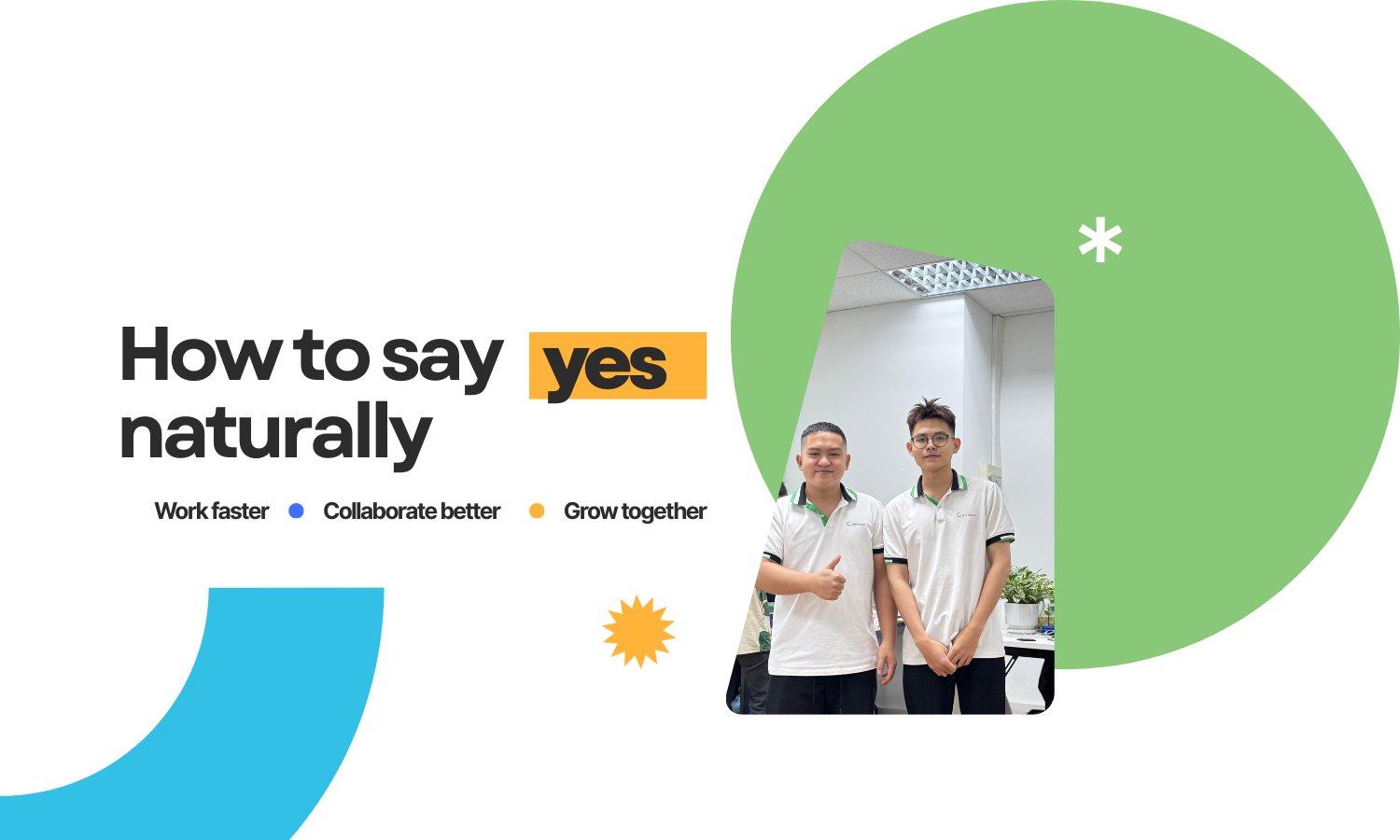The Art of Saying Yes: How to Embrace Opportunities Without Losing Yourself
By manhnv, at: May 25, 2025, 9:31 p.m.
Estimated Reading Time: __READING_TIME__ minutes


In the professional world, we often talk about how to say “no” to protect our time and energy. But what about the other side of the coin? Learning how to say “yes” (authentically and intentionally) is just as powerful. A well-placed “yes” can open doors, strengthen relationships, and show leadership initiative.
So how can you practice saying yes without overcommitting or losing control of your priorities?
Let’s break it down.
Why Saying Yes Matters
Saying yes isn’t just about being agreeable. It’s about being:
-
Proactive: taking initiative instead of waiting for instructions
-
Open-minded: embracing new ideas and feedback
-
Collaborative: supporting others and building team trust
When done right, a “yes” communicates confidence, clarity, and commitment.
How to Say Yes (Without Regret)
1. Understand the Value of Yes
Before jumping in, ask yourself:
-
Will this help me or the team grow?
-
Does this align with my goals or responsibilities?
-
Can I realistically commit without burning out?
Saying yes should be intentional, not automatic.
2. Say It With Clarity and Confidence
Here are professional ways to say yes in different situations:
-
Show Enthusiasm
“Yes! That sounds like an exciting challenge, please count me in.”
-
Set Clear Expectations
“Yes, I can handle that by Friday.”
-
Say Yes with Support
“Yes, but I’ll need input from the design team to do this well.”
-
Be Open, Not Overcommitted
“Yes, I’m open to trying that. Can we do a trial run next week?”
3. Practice in Small Moments
Start small:
-
Volunteer to lead a short discussion.
-
Accept feedback with openness: “Yes, that’s helpful. Thank you.”
-
Say yes to collaboration: “Let’s tackle this together.”
These micro-moments build confidence for bigger yeses.
4. Balance Yes with Boundaries
It’s okay to say yes conditionally:
“Yes, I’d love to help but I’ll need to finish Project A first. Is that okay?”
This keeps your reputation strong without stretching yourself too thin.
5. Train Yourself to Say Yes Naturally
Like any skill, saying yes takes practice:
-
Role-play different workplace scenarios.
-
Use a mirror to practice confident tone and body language.
-
In team meetings, aim to say “yes” at least once: to an idea, a plan, or a person.
Final Thought
A strategic YES is a sign of maturity, not weakness. It means you’re thoughtful about your commitments and open to growth. The more you practice, the easier it becomes to recognize which yeses are worth givingand how to deliver them with impact.



![[One Package Per Day] Django Simple History](/media/filer_public_thumbnails/filer_public/5e/3c/5e3cf4eb-38c3-4def-8cf3-f7ec6c76cd1c/one_package_per_day_-_django_simple_history.png__400x240_q85_crop_subsampling-2_upscale.jpg)

